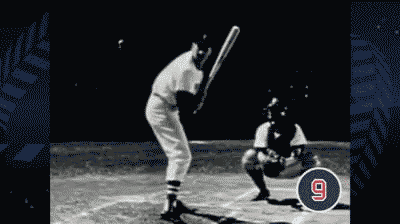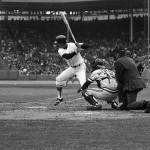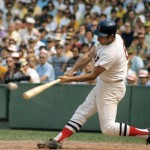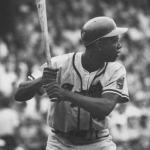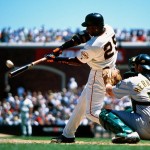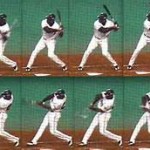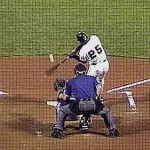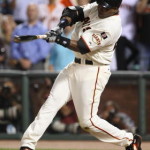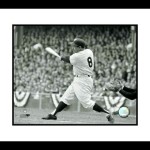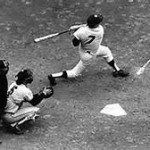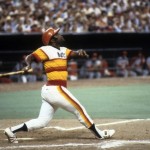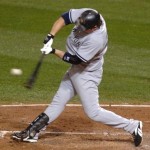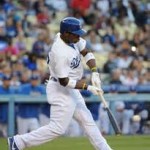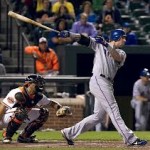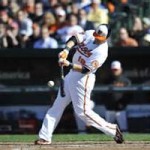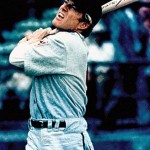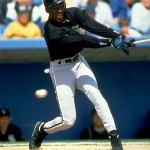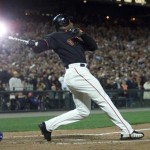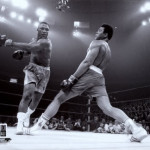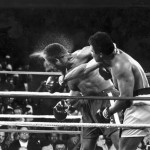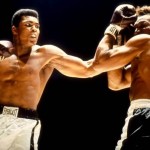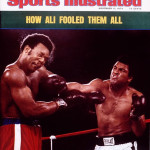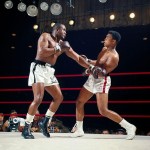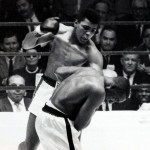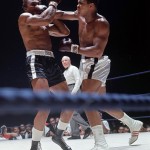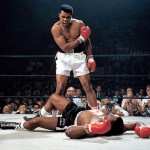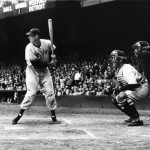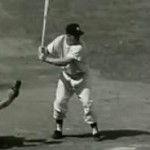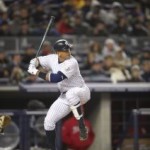Baseball’s Only True Legacy for Bud Selig
There has never been a better Sports Commissioner than Bud Selig. The collective wealth that has transpired in the Professional Baseball Community, from which everyone associated with Baseball has been beneficiary, is due primarily to the intelligent management of MR. Selig. That, having been said, while not using this format to list all of his accomplishments, I would like to enlist the prospect of his “lame-duck” powers to provide an opportunity for him to fully retire with the greatest honor possible – “Be ye therefore Perfect.”
The only really important issue that has not been resolved during his Tenure, to the satisfaction of Real-Baseball-Purists, is the total elimination of that despicable aspect of primitive Baseball culture known as The “Bean-Ball”  ,Intentionally Hitting of the Batter, by the Pitcher. Baseball’s “old-guard” has apparently convinced our rightly esteemed Commissioner that “It” is and should always be “part of the game.”
,Intentionally Hitting of the Batter, by the Pitcher. Baseball’s “old-guard” has apparently convinced our rightly esteemed Commissioner that “It” is and should always be “part of the game.”
Once the Designated-Hitter is fully ensconced in both Leagues, the only, and most significant change necessary for all perceptive entities to agree upon, and from which to incorporate a lasting memorial to a truly remarkable “man of authority” is to step up a legitimate process of eliminating the “bean-ball” completely. After watching all that has transpired thus far, it is my prophetic and providential declaration that the only substantive way to stop the insidious “carnage” that has been wrongly institutionalized within America’s great “Pastime” is to diminish from that Team and its respective representatives (Pitchers and Managers exclusively) their equal opportunity and facility to direct their teams to uncontested victory.
The only thing that will stop the revenge-seeking and dispassionate collaborators to a false sense of “team-honor,” -unity, and – dignity is to apply the harshest possible retribution for any batter being hit by a major-league fastball directly on a part of his body that is not protected by significant padding. Fines and suspensions are such superficial penalties to a pitcher who is usually following the commands of his manager. He (pitcher) will probably be recompensed by the team for his financial loss, and a few days of vacation will not usually bother him.
The ONLY solution to this PROBLEM is to allot two bases to any batter hit by a Major-League fast-ball. Such a batter will be allowed to go directly to Second-Base. If a runner is on Second Base, he moves to Third Base. IF runners are on Second and Third bases, then the runner on 3rd scores. I think you can see how this will affect a team whose pitchers are either errant or deliberate with solid contact of their inside fastball upon a batter.
Tony LaRussa’s logical statement on the subject might be paraphrased to read as follows: “It doesn’t matter if it was deliberate or not. Pitchers are going to come inside to certain batters; and those pitchers might not be accurate with their pitches. Then, they shouldn’t come inside, if they don’t want to be retaliated against.”
How can anyone deny that statement’s logic? Since it can’t be denied, then the only alternative is to enact a law or rule that precludes its relevance! Don’t put the blame on anyone! Simply declare that such a batter who is “impacted” by the errant or deliberate pitch be awarded adequate compensation for his being bludgeoned by such a pitch.
Most often an innocent “next-batter” is the recipient of a malicious act of retribution. In other cases it is the “poor-innocent-victim” of a pitcher or manager who has decided that said-batter can’t hit the “inside-heater” that subsequently “gets-away” from the “perpetrator” who could care less if he “accidentally” hits the “man-with-bat.” Take all of that away. From now on, it’s nobody’s fault. But such callousness of a Pitcher most certainly will affect the outcome of that inning, game, and pitcher’s best effort on the mound.
If a Team’s pitching staff is “spot-on” with accurately thrown fast-balls in-tight to certain batters, and never hit a player with a pitch, then there’s nothing to argue about. IF a Pitching staff is not that good with the accuracy of throwing fast-balls inside, and accidentally hit batters, there should be no reason for displaying ill-will. The batter simply advances to second base, while the other base-runners advance accordingly. What would there be to argue about? Justice has been served – no fines, suspensions, or fights!
If this “new rule” works out fine, then most teams and players would be happy. But there will probably be a “Team” or a “player” who is “smart” enough to circumvent the rule in a “mercy-game,” when the out-come seemed too sure, one way or another. Umpires and other League officials might still have the power to impose themselves on those few disorderly “barbarians,” until they are eventually “weeded-out.”
Bud Selig has helped present to the world a more dignified and civilized Baseball Society. It would seem regrettable that he should leave his office with less than a complete sense of fulfilling his destiny. His true legacy awaits him if he can leave office after he submits to his “highest-calling” of finally putting an end to the “bean-ball” controversy.
Sincerely submitted,
John F. Paciorek
P.S. For more understanding, see article submitted August 8, 2014 – “…Eliminating the Bean-Ball.”
Coming Soon: “Little-Things” – Doing “Them” Right determines the “WINNER”!
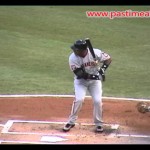
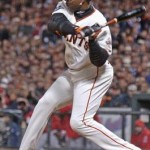
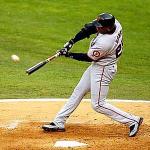
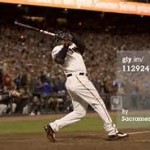
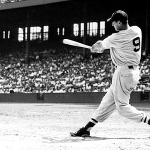
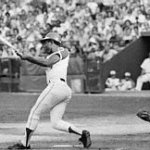
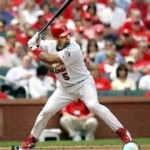
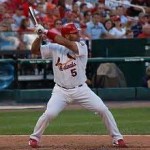
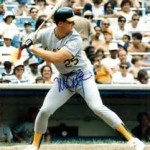
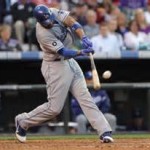
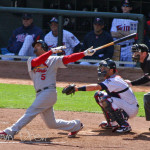
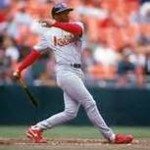
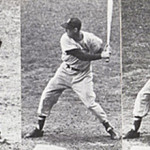

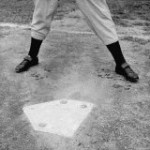 and Williams
and Williams 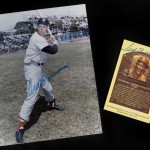
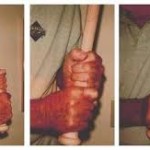
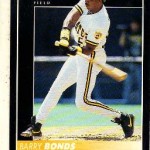
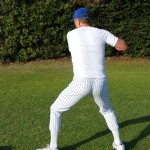
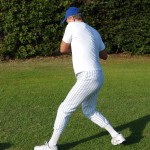
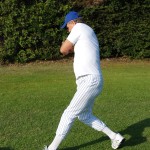
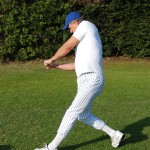
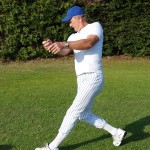
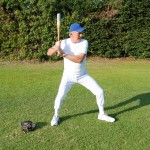
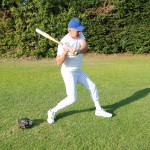
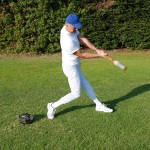
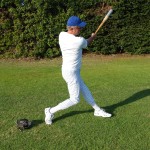
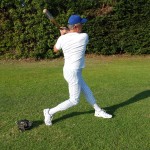
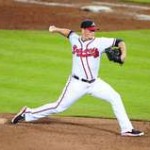 ? )Just look at the front foot positioning of outstanding hitters such as Ted Williams and Joe DiMaggio, to validate the proper transfer of weight during the swing.
? )Just look at the front foot positioning of outstanding hitters such as Ted Williams and Joe DiMaggio, to validate the proper transfer of weight during the swing.